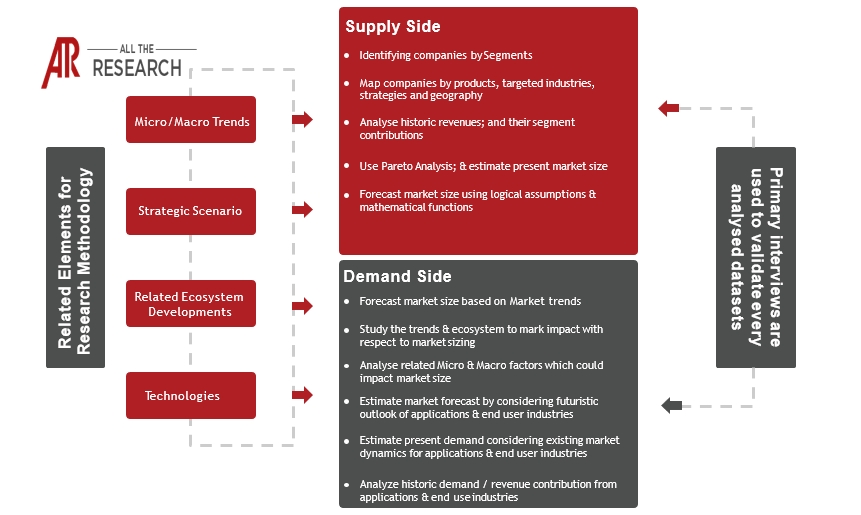The global nanotechnology in electronics market is experiencing a period of significant growth, fueled by the increasing demand for smaller, faster, and more efficient electronic devices. Driven by innovation and the promise of superior performance, this market encompasses the development, production, and integration of nanomaterials and nanostructures into various electronic components and systems. This report provides a comprehensive analysis of the market, outlining key trends, drivers, challenges, and future prospects.
Key Definitions & Scope:
The nanotechnology in electronics market encompasses the application of nanotechnology across a wide array of electronic products. This includes, but is not limited to:
Market Drivers:
Several key factors are propelling the growth of the nanotechnology in electronics market:
Market Challenges:
Despite its promising potential, the market faces several challenges:
Regulatory Focus:
Governments worldwide are increasingly focused on establishing guidelines and regulations for the safe and responsible use of nanomaterials. These regulations address issues like material characterization, hazard assessment, exposure limits, and waste management. These regulations, while necessary for safety, can influence market dynamics and investment decisions.
Regional Trends:
The nanotechnology in electronics market is experiencing different growth rates across various regions:
Mergers & Acquisitions (M&A) & Fund Raising Trends:
M&A activities in the nanotechnology in electronics market often involve technology companies acquiring smaller nanomaterial manufacturers or research institutions to gain access to proprietary technologies or expand their product portfolios. Fundraising activities are focused on both early-stage startups and established companies, primarily targeting the development of new materials, manufacturing processes, and application development.
Major Players:
The market is characterized by the presence of both established semiconductor and electronics giants and specialized nanomaterial manufacturers. Some of the key players include, but are not limited to:
Forecast & Growth Rate:
The nanotechnology in electronics market is projected to exhibit robust growth in the coming years. Although specific CAGR figures will vary depending on the source and forecasting methodology, the market is expected to maintain a significant growth trajectory due to the sustained demand for advanced electronic devices and the ongoing development of innovative nanotechnology solutions. We anticipate double-digit CAGR in the coming years based on technological advancement, new innovations in the space, and investment in the market.
The Report Segments the market to include:
By Application:
By Material:
By End-Use Industry:
By Region:
By Component:

Ask for free product review call with the author

Share your specific research requirements for a customized report

Request for due diligence and consumer centric studies

Request for study updates, segment specific and country level reports
Positive Trends:
Adverse Trends:
By Application:
By Material:
By End-Use Industry:
By Region:
By Component:
IEEE International Electron Devices Meeting (IEDM) (December 2024): Presents the latest breakthroughs in semiconductor and device technology, including advancements in nanoscale transistors, memory, and sensors, with a significant focus on new materials and fabrication techniques.
SPIE Advanced Lithography + Patterning (February/March 2025): Focuses on the leading-edge lithography and patterning technologies used in semiconductor manufacturing, including EUV, immersion lithography, and advanced etching techniques, highly relevant for nanoscale device fabrication.
Nanoelectronics & Photonics Conference (NPC) (May 2025): Covers a broad range of topics in nanoelectronics and photonics, including materials, devices, circuits, and systems.
International Conference on Nanotechnology (IEEE Nano) (July/August 2025): A major forum for discussing advances in all aspects of nanotechnology, from materials synthesis and characterization to device fabrication and applications in electronics and beyond.
Semicon West (July 2025): A major industry event showcasing the latest equipment, materials, and services used in semiconductor manufacturing, including nanotechnology-enabled solutions for advanced packaging, wafer fabrication, and metrology.
International Workshop on Low Temperature Electronics (WoLTE) (September 2024): Focuses on electronics and nanoelectronics research and technological advancements at cryogenic temperatures.
Materials Research Society (MRS) Fall Meeting (December 2024): Offers a wide range of presentations and exhibits related to materials science and engineering, with dedicated sessions on nanomaterials, thin films, and device fabrication relevant to electronics.
Applied Materials IBM Intel Samsung Electronics TSMC (Taiwan Semiconductor Manufacturing Co.) NXP Semiconductors ASML Lam Research KLA Corporation Hitachi High-Technologies Tokyo Electron SCREEN Holdings Oxford Instruments Bruker Veeco Instruments Agilent Technologies FEI Company (Thermo Fisher Scientific) Horiba JEOL Carl Zeiss Microscopy
